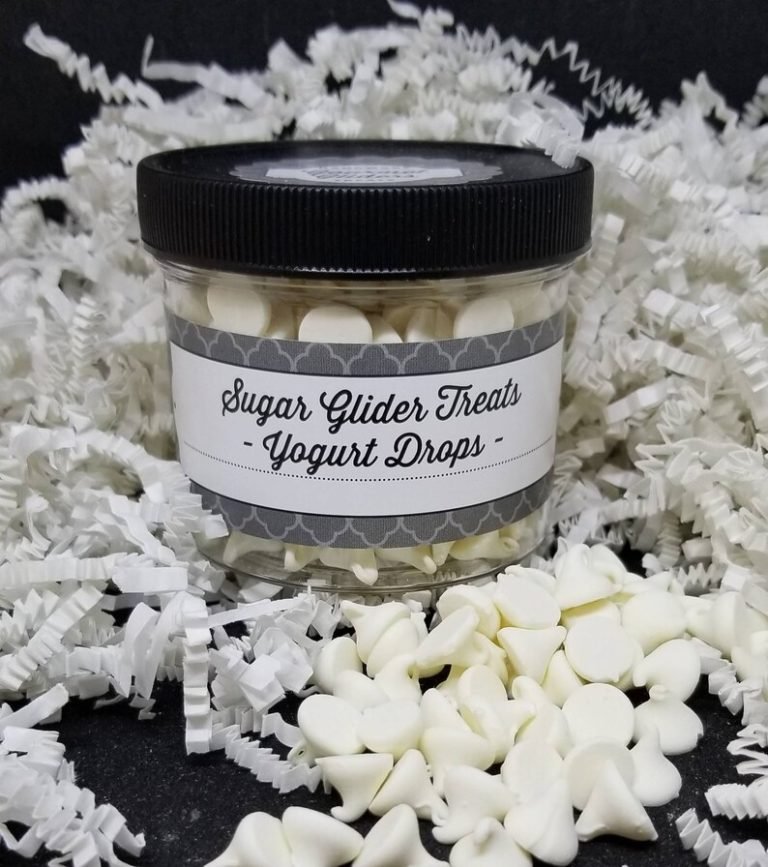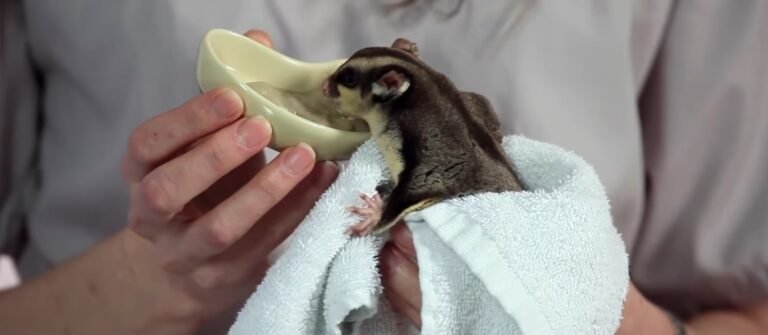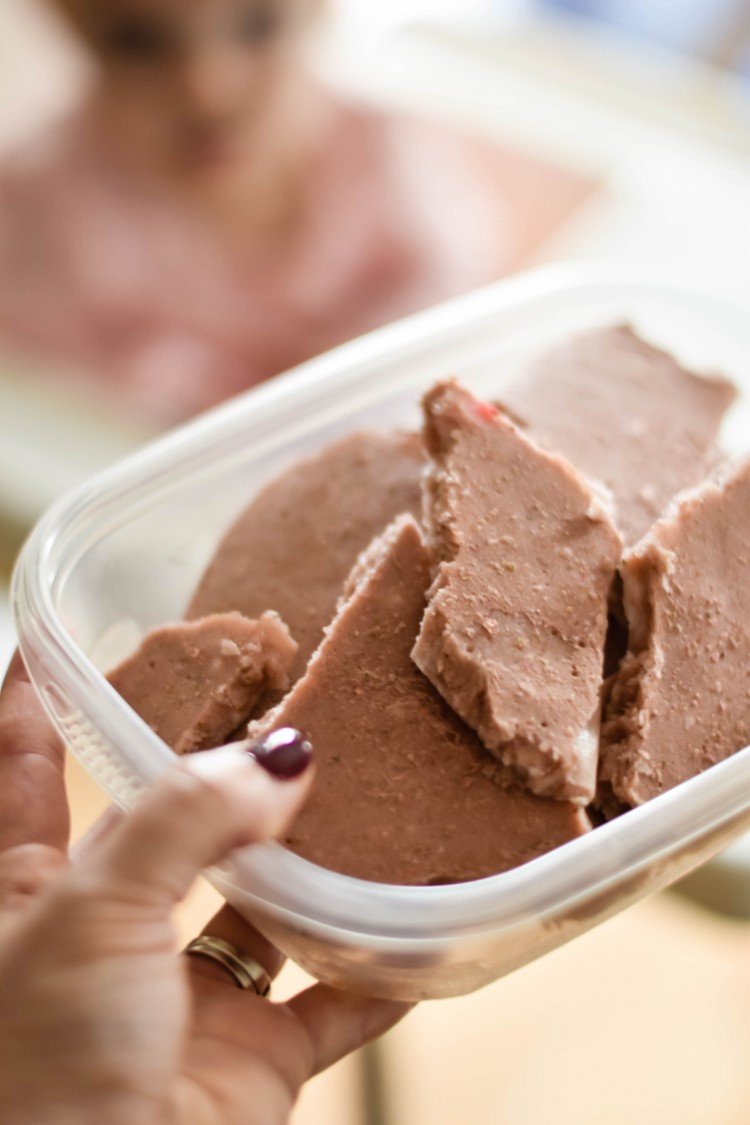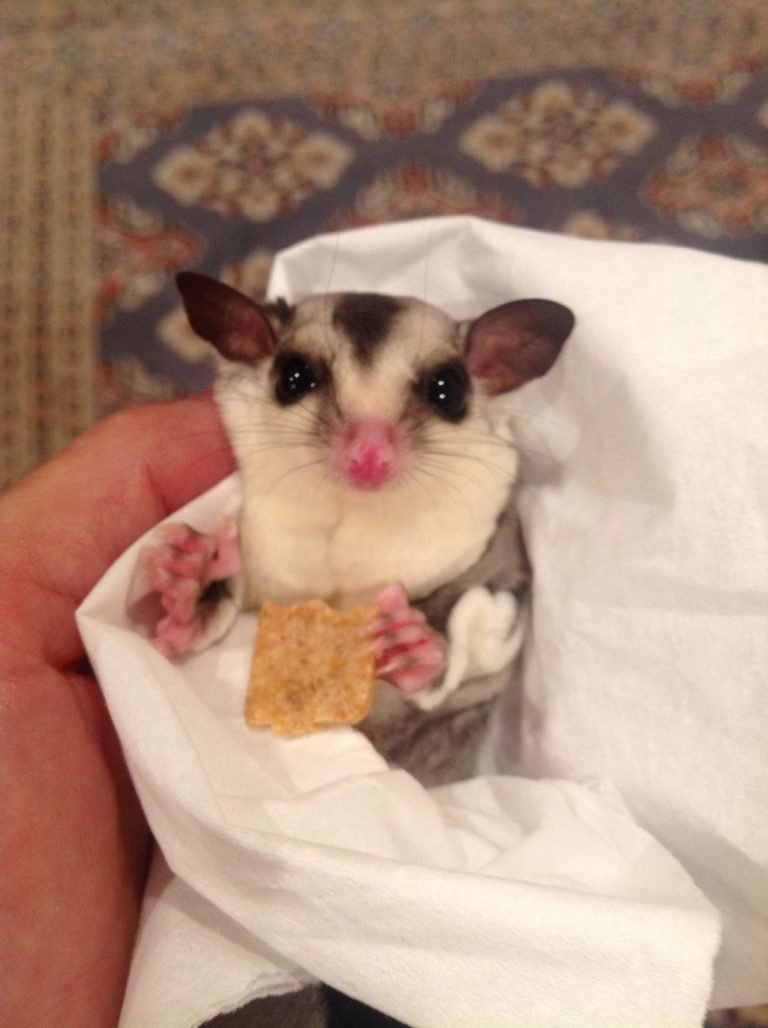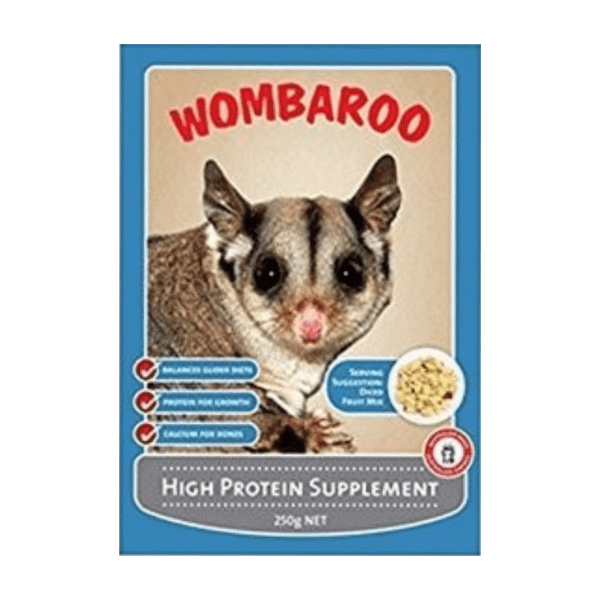What Vegetables Do Sugar Gliders Eat
What Vegetables Do Sugar Gliders Eat?
Answer: Sugar gliders are omnivorous creatures and their diet should consist of a balanced mix of fruits, vegetables, protein, and supplements. While they do enjoy a variety of fruits, it’s important not to overlook the importance of including vegetables in their diet. Vegetables provide essential vitamins, minerals, and fiber that are necessary for their overall health and well-being.
The Importance of Vegetables in a Sugar Glider’s Diet
Vegetables play a crucial role in a sugar glider’s diet for several reasons. Firstly, they provide important nutrients that fruits alone may not offer in sufficient amounts. This includes vitamins such as A, C, and K, as well as minerals like calcium and magnesium. Secondly, vegetables are a great source of fiber, which aids in digestion and helps prevent constipation. Lastly, incorporating vegetables into their diet ensures a varied and balanced intake of nutrients, promoting optimal health and preventing any nutrient deficiencies.

Choosing the Right Vegetables
When selecting vegetables for your sugar glider’s diet, it’s important to choose those that are safe and suitable for them to consume. Some vegetables that are safe and often enjoyed by sugar gliders include:
1. Leafy Greens: Leafy greens such as kale, spinach, and collard greens are packed with important vitamins and minerals. These can be served either raw or lightly steamed.
2. Bell Peppers: Bell peppers are a great source of vitamin C and add a delicious crunch to your sugar glider’s diet. Remember to remove the seeds and membrane before feeding them to your pet.
3. Carrots: Carrots are a good source of vitamin A and provide a satisfying crunch. Cut them into small, bite-sized pieces to make it easier for your sugar glider to eat.
4. Broccoli: Broccoli is rich in fiber and contains important antioxidants. Make sure to chop it into small florets to prevent choking hazards.
5. Squash: Sugar gliders can enjoy various types of squash, such as butternut squash and zucchini. These provide essential vitamins and minerals, as well as fiber.
Remember to introduce new vegetables gradually into your sugar glider’s diet to ensure they tolerate them well and do not experience any digestive issues. A balanced diet should also include a rotation of different vegetables to provide a wide range of nutrients.
Preparing Vegetables for Your Sugar Glider
Before serving vegetables to your sugar glider, it’s important to properly prepare them to ensure they are safe and readily consumable. Here are some steps to follow:
1. Wash thoroughly: Rinse the vegetables under running water to remove any dirt, pesticides, or other contaminants.
2. Remove harmful parts: Take care to remove any parts of the vegetable that may be harmful to your sugar glider, such as seeds, pits, stems, or leaves that are toxic.
3. Chop into small pieces: Sugar gliders have small mouths, so it’s essential to cut the vegetables into small, manageable pieces. This will make it easier for them to eat and reduce the risk of choking.
4. Serve fresh: Ideally, serve the vegetables soon after preparation to retain their maximum nutritional value. Avoid leaving them out for extended periods as they can spoil and become unhealthy for your pet.
Frequently Asked Questions
Q: Can sugar gliders eat tomatoes?
Yes, sugar gliders can eat tomatoes in moderation. However, it’s important to remove the seeds and only offer ripe tomatoes as unripe ones can cause digestive issues.
Q: Are there any vegetables that sugar gliders should avoid?
Yes, while many vegetables are safe for sugar gliders, there are some that should be avoided. These include onions, garlic, mushrooms, and iceberg lettuce. These vegetables can be toxic or difficult for sugar gliders to digest.
Q: How often should I feed vegetables to my sugar glider?
Vegetables should be offered to sugar gliders on a daily basis as part of a balanced diet. Aim to provide a mix of different vegetables to ensure they receive a variety of nutrients.
Final Thoughts
Including vegetables in your sugar glider’s diet is essential for their overall health and well-being. By providing a variety of vegetables rich in vitamins, minerals, and fiber, you can help ensure your furry friend receives a well-rounded and balanced diet. Remember to choose safe vegetables, prepare them appropriately, and introduce new vegetables gradually. With proper care and attention to their nutritional needs, your sugar glider will thrive on a diet that includes an assortment of delicious and nutritious vegetables.



